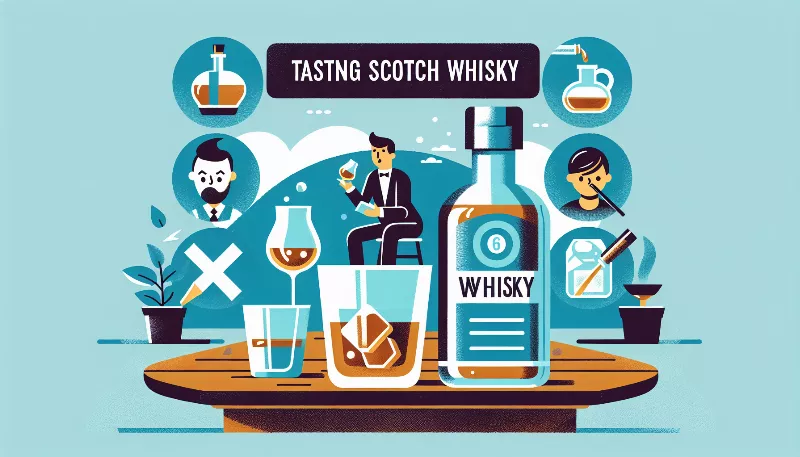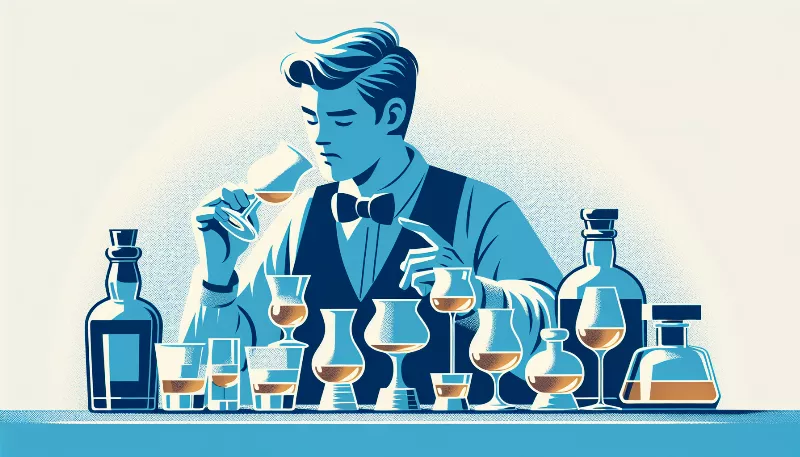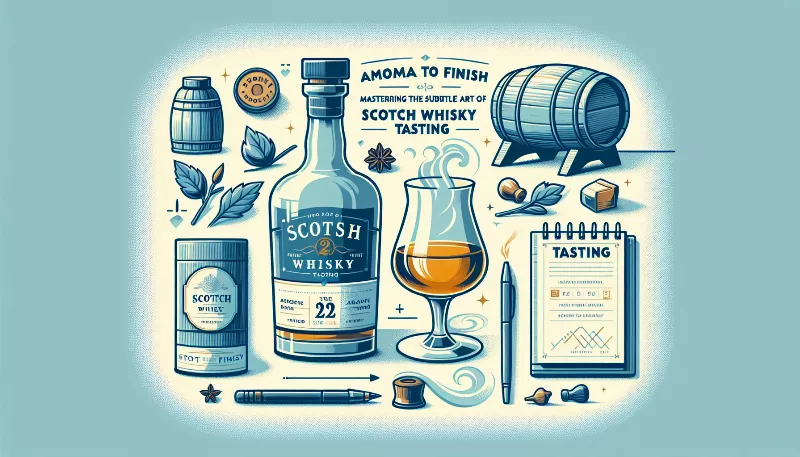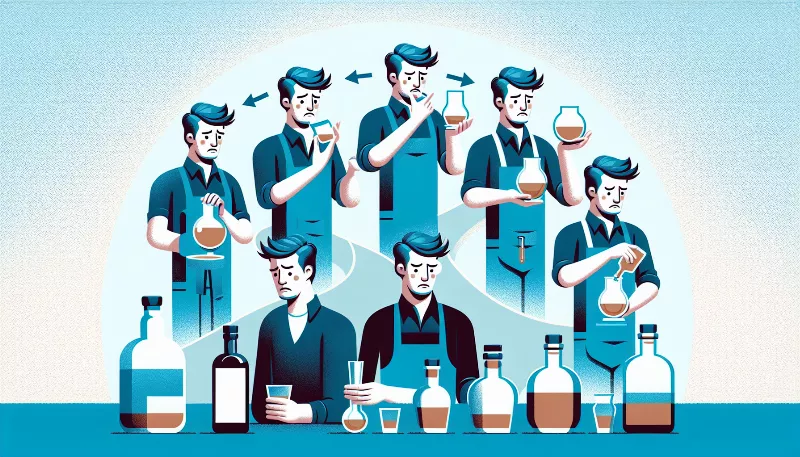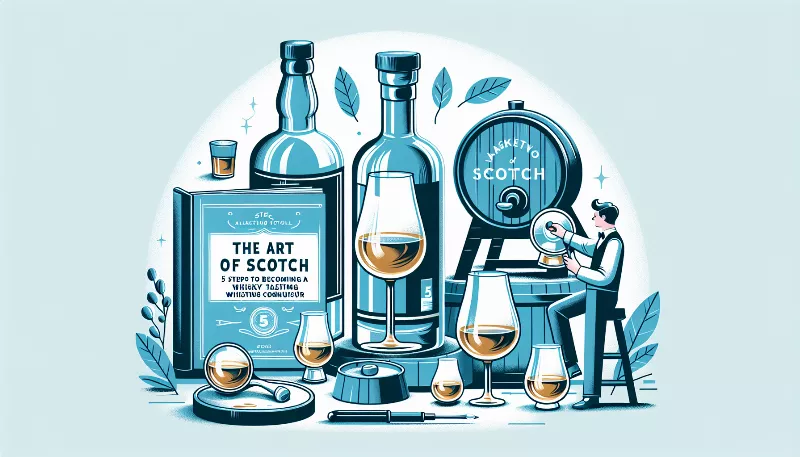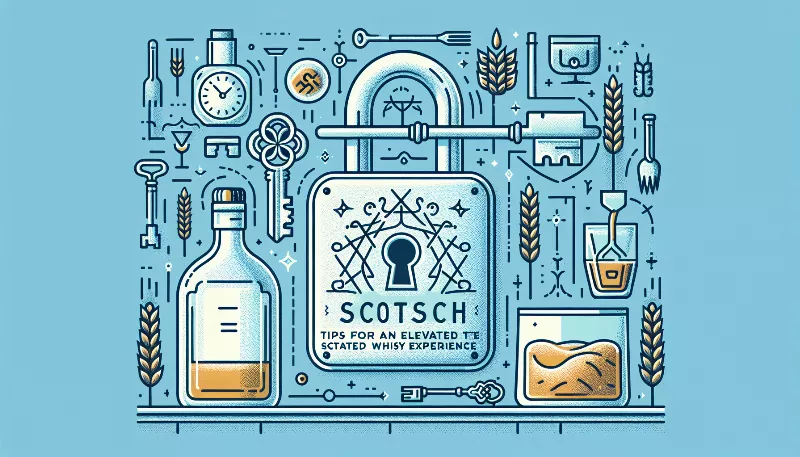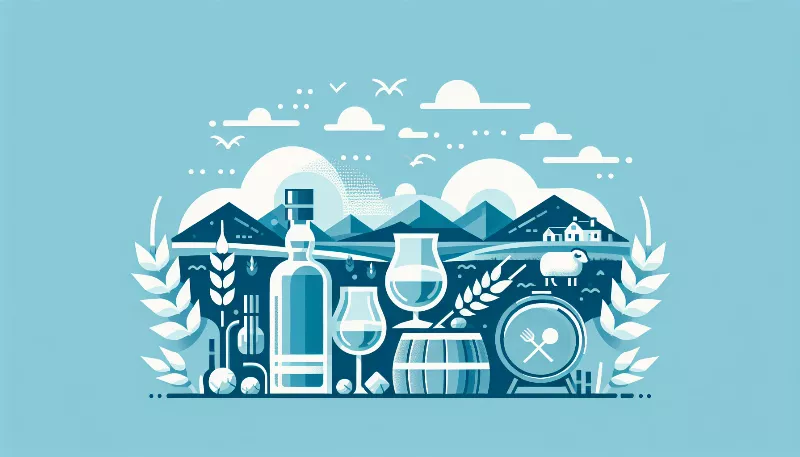What are the legal requirements for a whisky to be called 'Scotch'?
Discover the strict laws & standards that define Scotch whisky. Learn what makes it unique & legally protected. Perfect guide for whisky enthusiasts!
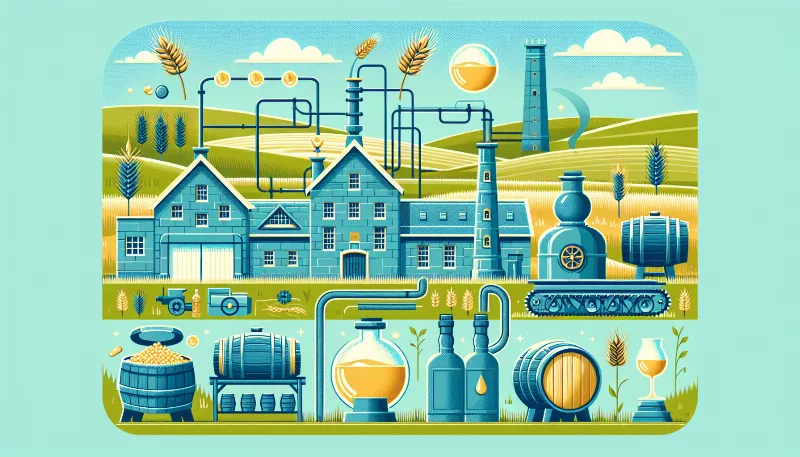
The Essence of Scotland in Every Sip
Imagine the rolling green hills of Scotland, the sound of bagpipes in the distance, and the peaty aroma of a fine whisky wafting through the air. This isn't just any whisky; this is Scotch, a drink so deeply intertwined with Scottish heritage that it's protected by law. But what exactly does it take for a whisky to don the prestigious title of 'Scotch'? Let's dive into the legalities that ensure every bottle of Scotch whisky is as authentic as the land it comes from.
Birthplace: Made in Scotland
First and foremost, for whisky to be legally called 'Scotch', it must be produced in Scotland. From the sourcing of ingredients to the distillation and maturation process, every step must occur on Scottish soil. This geographical requirement is non-negotiable and is the cornerstone of what makes Scotch, well, Scotch!
The Grain Game: Malted Barley and More
Scotch whisky comes in various styles, but they all start with the same foundation: water and malted barley. Some varieties, like single malts, rely exclusively on malted barley, while others, such as blended Scotch, may incorporate other grains. However, the use of malted barley is essential, and it's this grain that imparts some of the distinctive flavors Scotch is known for.
Distillation: The Art of Purity
The distillation process is where the magic happens. Scotch must be distilled at an ABV (alcohol by volume) of less than 94.8%. This ensures that the final product retains the flavor and character of the raw materials. It's a delicate balance between science and art, and Scottish distillers have perfected this craft over centuries.
Maturation: Aged to Perfection
Patience is a virtue, especially when it comes to Scotch. By law, Scotch whisky must be aged in oak casks for a minimum of three years. But it doesn't stop there; many distilleries age their Scotch for much longer, allowing complex flavors to develop over time. These casks are small warehouses of wonder, imparting color, character, and a taste of time itself into every drop of Scotch.
Strength and Character: Final Alcohol Content
When it's time to bottle the Scotch, it must have a minimum alcohol content of 40% ABV. This strength is not arbitrary; it's the sweet spot that ensures the robust flavor profile of Scotch whisky is experienced as intended. Whether sipped neat, with a splash of water, or on the rocks, the alcohol content plays a crucial role in the overall enjoyment of the drink.
Additives? Not in Scotch!
True Scotch aficionados appreciate the purity of their whisky. Legally, no substances other than water and plain caramel coloring can be added to Scotch. This strict regulation maintains the integrity of the whisky's flavor and ensures that when you take a sip, you're tasting the unadulterated essence of Scotland.
Labeling: Honesty in Every Label
Last but certainly not least, the labeling of Scotch whisky is regulated to prevent misleading consumers. The age statement on a bottle of Scotch, if provided, must reflect the youngest whisky in the blend. Additionally, terms like 'single malt', 'blended malt', 'single grain', and 'blended grain' have specific legal definitions, ensuring that whisky lovers know exactly what they're getting.
In conclusion, the legal requirements for a whisky to be called 'Scotch' are stringent and serve to protect the tradition and reputation of this iconic spirit. Each bottle of Scotch is a testament to the craftsmanship, heritage, and natural beauty of Scotland. So, the next time you raise a glass of Scotch, remember the meticulous standards that make it not just a drink, but a cultural emblem worthy of its name.

